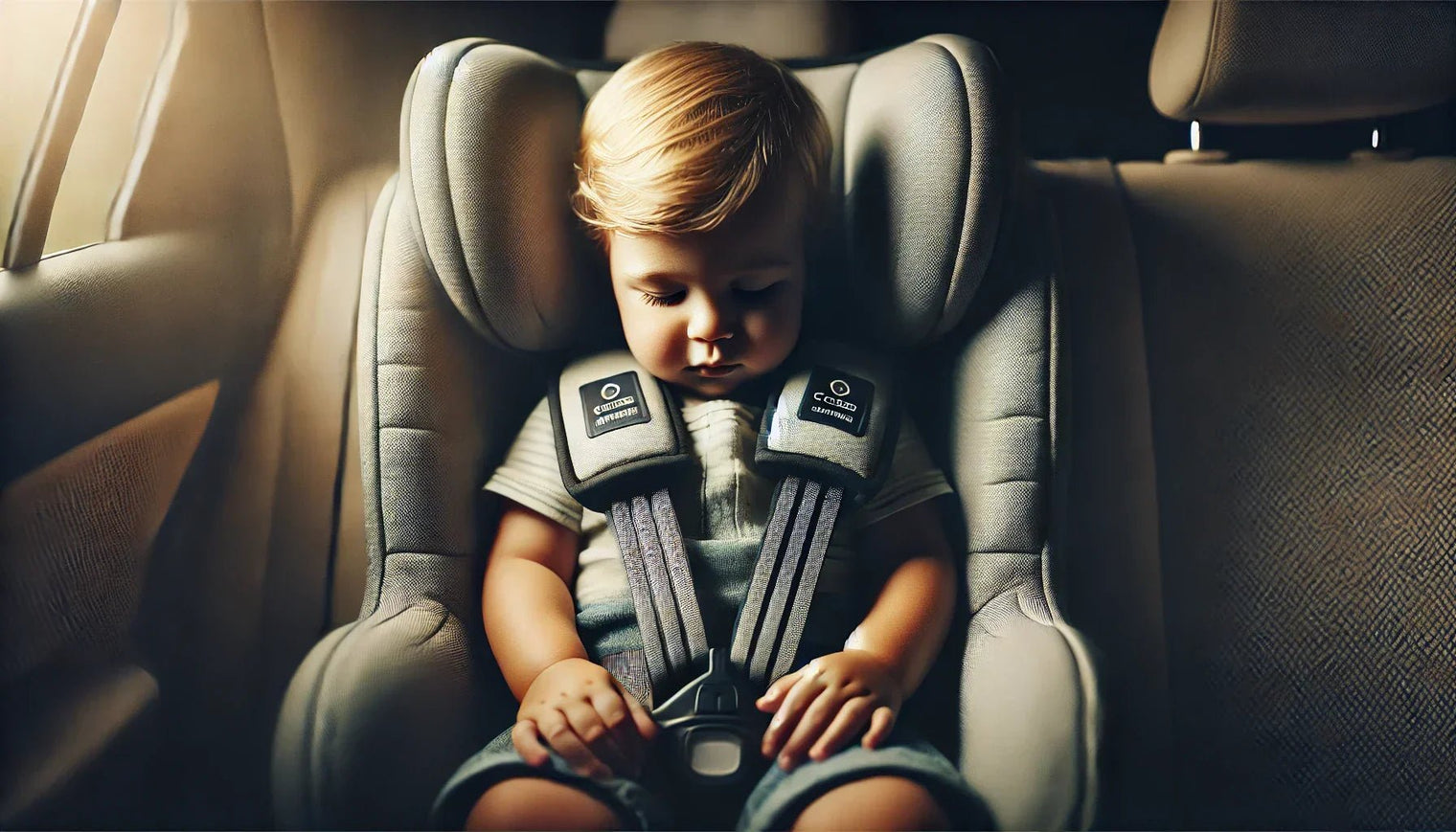Life gets busy, especially at the start of a new year when routines change and schedules ramp up. Whether you’re rushing to work, school drop-offs, or juggling errands, child car safety remains a top priority. This article covers essential tips to protect your little ones on the road, ensuring a smooth commute for the whole family.
What Are the 5 Points in a Car Seat?
A 5-point harness is designed with five points of contact to secure your child safely:
-
Two at the Shoulders
Straps over both shoulders distribute crash forces evenly across the upper body. -
Two at the Hips
These straps help maintain correct posture, keeping your child from sliding out in case of sudden stops or impact. -
One Between the Thighs
This strap ensures your child stays firmly in place, preventing slipping down or forward.
As highlighted by the 3 Point vs 5 Point Harness Car Seat: Which Is Safer for Your Child? reference, the goal is to minimize the movement of your child in the event of an accident. While 3-point harnesses do exist, many safety experts recommend the 5-point harness for enhanced security and better impact distribution.
What Is the Safest Position for a Child in the Car?
According to Car seat safety: A guide to keeping your child safe in the car, the safest place for a child is in the back middle seat—if it can properly accommodate a car seat. This spot puts the most distance between your child and any potential collision points, such as the windshield or airbags.
- Double Check Fit: Always ensure the car seat fits correctly in the backseat position of your vehicle. Some back seats have contours or seat belt placements that may affect installation.
- Follow Manufacturer Guidelines: Every car seat comes with an instruction manual for proper use. Adhering to these guidelines is key to maximizing safety.
What Are 10 Safety Rules for Kids?
Teaching safety rules at home is just as important as following them in the car. Based on the 10 General Safety Rules YouShould Teach Your Children, here are some fundamentals:
-
Know Your Name, Number, and Address
Children should be able to recite this information in case they get lost. -
Do NOT Eat Anything Given by a Stranger
Reinforce the concept of personal boundaries and caution. -
Do NOT Climb the Fence
Fences and barricades exist for a reason—protecting kids from hazards. -
Do NOT Walk Out of the Yard Alone
Children should stay within designated boundaries unless accompanied by a trusted adult. -
Do NOT Play or Experiment with Fire
Matches, lighters, and stoves are off-limits to young kids. -
Never Go Anywhere with a Stranger
This is a vital rule to prevent abduction or other dangers. -
Tell an Adult If Something Feels Wrong
Encourage open communication about unsettling encounters or experiences. -
Avoid Playing Near Streets
Busy roads are dangerous; supervision is crucial near traffic. -
Use Safety Gear
Helmets, knee pads, and seat belts are non-negotiable. -
Practice Basic Hygiene
Simple habits like washing hands can prevent illnesses.
These core guidelines help children develop a sense of responsibility and caution, both on and off the road.
What Can Parents Do to Ensure the Safety of Their Child?
Parenting is a constant balancing act, and safety is always at the forefront. Guidance from Keeping children safe while outand about | nidirect stresses the following points:
- Emphasize Stranger Awareness: Teach children to refuse rides or gifts from strangers and to inform a trusted adult if someone approaches them.
- Supervise Whenever Possible: Children thrive under watchful eyes. If they must travel alone—such as a bus ride to school—encourage them to sit near other families.
- Secure Your Vehicle: Properly install and maintain the car seat, adjusting straps and harnesses as your child grows.
- Stay Updated on Product Recalls: Check for recalls on car seats or safety devices to ensure you’re using the latest, most secure equipment.
Additional Safety Measures
For parents balancing hectic routines, tools that serve as daily reminders can be invaluable. CleverElly provides an audible alert when you turn off your car’s engine, prompting you to check the back seat before you exit. This simple yet effective device can help prevent accidental forgetfulness. For more tips and resources on child car safety, be sure to explore the Cleverelly blog.
As you kickstart your commute this season, remember that child car safety hinges on a combination of proper equipment, consistent education, and awareness. A 5-point harness offers robust protection, the back seat is the safest spot, and basic household safety rules carry over into the world at large. By staying informed and taking advantage of helpful tools like CleverElly, you can give your children the safest possible journey.
From the morning rush to evening errands, peace of mind is only a few safety steps away. Embrace these guidelines to ensure your young passengers are secure, protected, and ready to take on every new adventure by your side.

